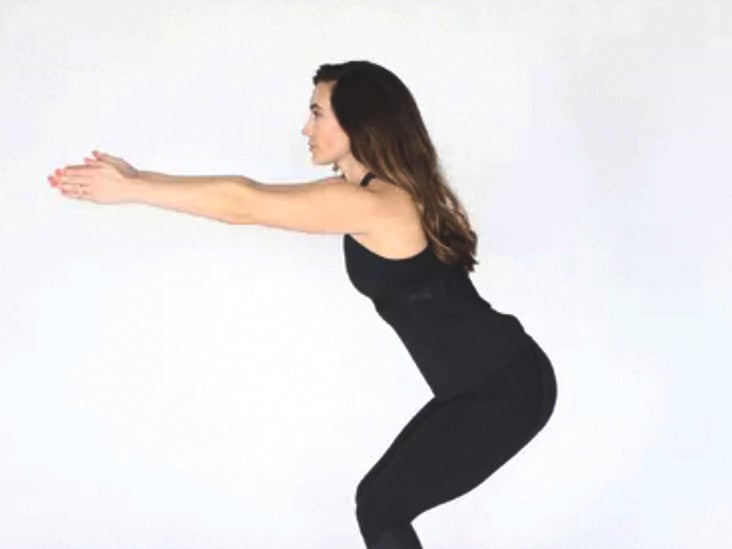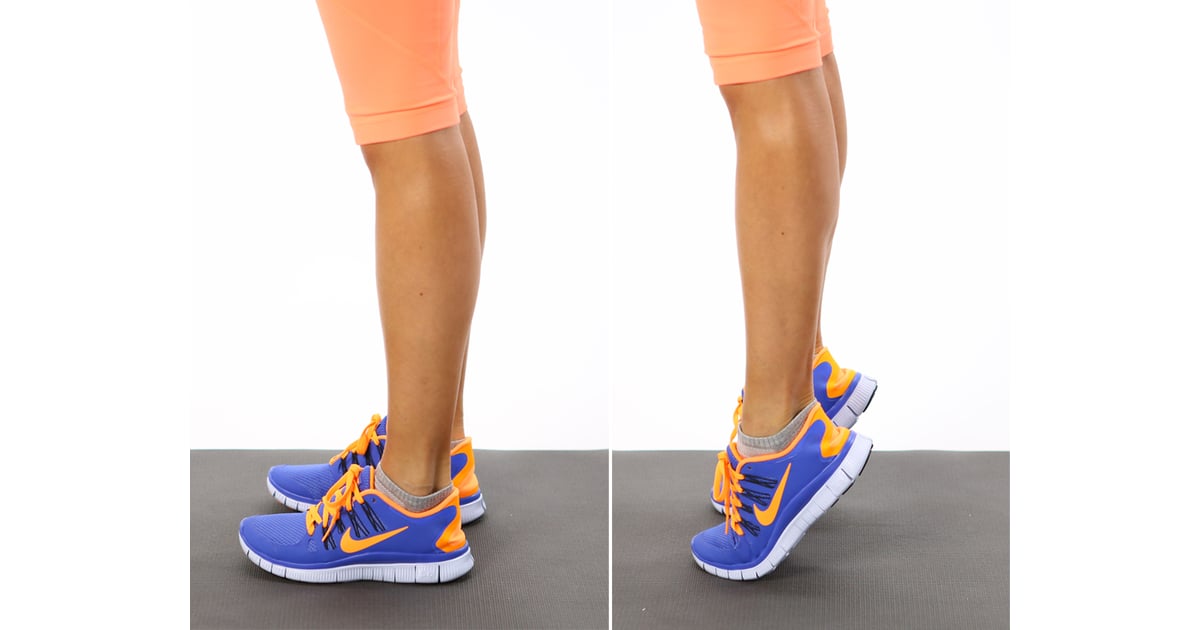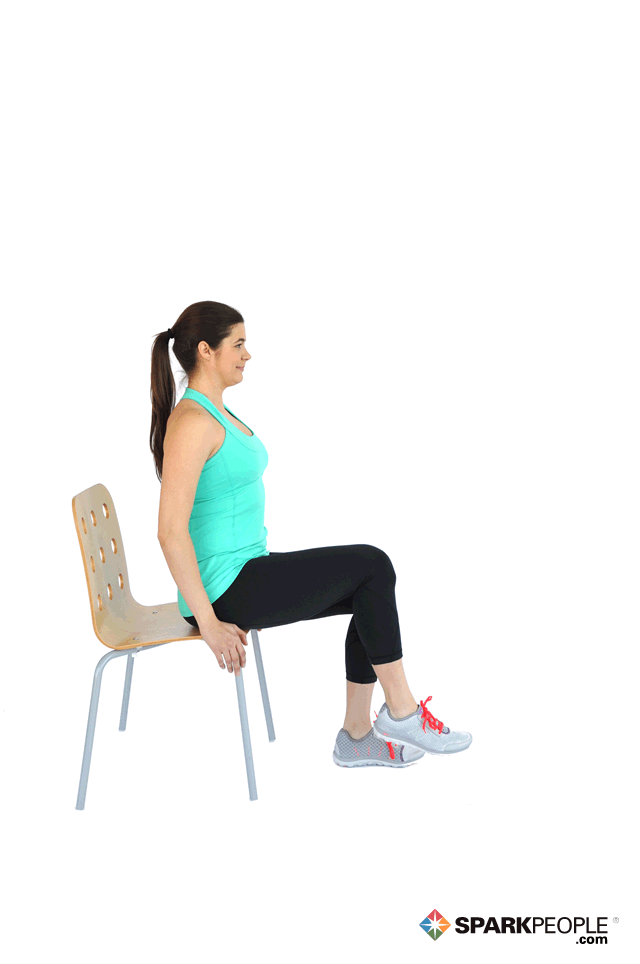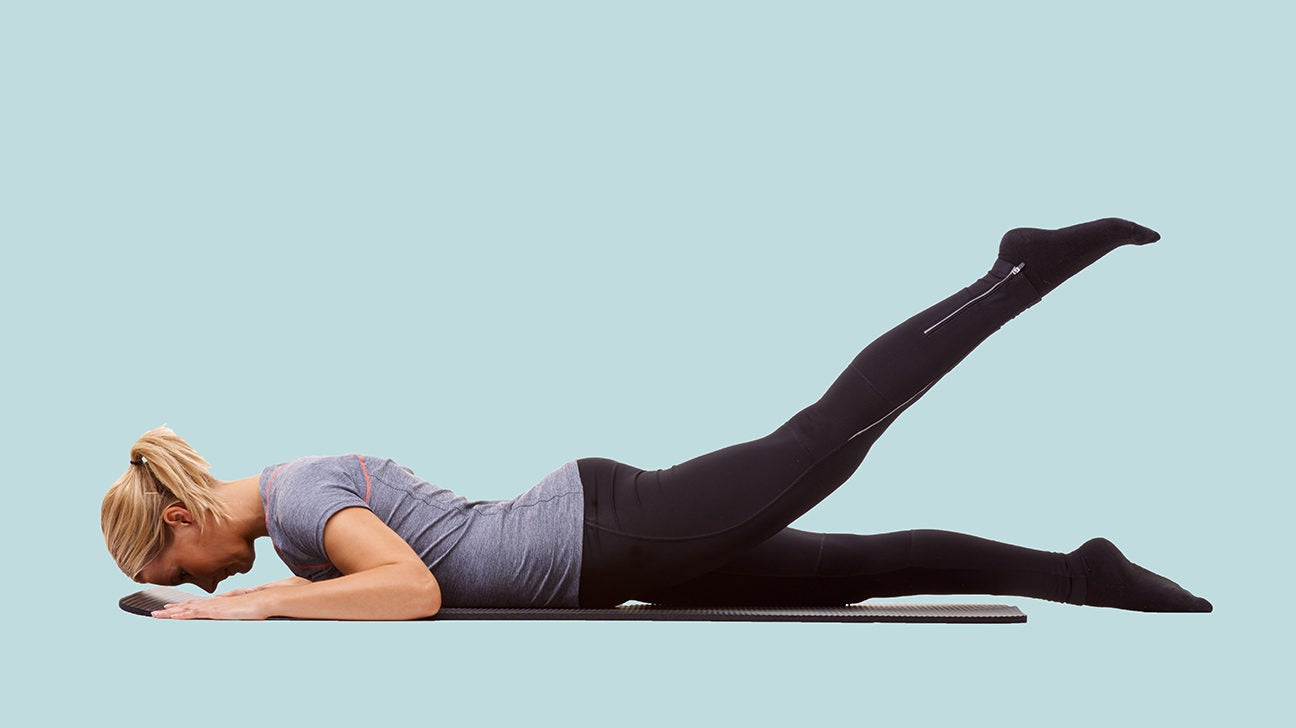 Knee injuries: These knee injuries are extremely common, ligament injuries to the knee as you need to require stopping and starting or quickly moving directions.
Knee injuries: These knee injuries are extremely common, ligament injuries to the knee as you need to require stopping and starting or quickly moving directions.
Treatment for a knee injury depends on the part of the knee that is damaged and the extent of the damage.
Some injuries such as simple strains or sprains are treated with home remedies such as RICE therapy (rest, ice, compression, and elevation). Taking time off from sports and exercise may be enough for minor injuries and knee pain to heal. Over-the-counter non-steroidal anti-inflammatories (NSAIDs) such as ibuprofen (Advil, Motrin) or naproxen (Aleve) may help treat the pain and inflammation from these minor injuries. Chronic knee injuries may respond to heat therapy.
See a doctor for knee pain and injury if you experience the following:
· Severe pain
· Limping
· Inability to move the knee
· Inability to bear weight on the knee
· Buckling of the knee when trying to stand
· Deformity of the knee
Medical treatment for knee injuries:
Knee immobilization or splinting keeps the knee from moving and decreases the chance of further injury. Immobilizing the knee can help stabilize an injured knee that may not be stable due to torn ligaments. It also keeps the knee from moving to assist in resting the knee.
Chronic knee injuries involving inflammation and bursitis may be treated with anti-inflammatories. Injections of cortisone (a steroid with powerful anti-inflammatory effects) may be helpful in these situations.
More extensive injuries involving torn ligaments, instability of the knee joint, swelling, decreased range of motion, or fractures will require an orthopedic surgeon consultation. In the initial stages of these more extensive injuries, RICE therapy can still be used. Staying off the leg by using crutches or a wheelchair may be advised.
Surgery may be indicated for tears of the ligaments or extensive meniscal tears. Surgery may also be needed for fractures or dislocations of the knee. Some acute injuries such as those with high-force impact, or multiple parts of the knee damaged, may require emergency surgery.
Most knee surgery can be done by arthroscopy, a procedure in which a camera is used and small punctures are made in the knee to insert instruments. Repairs can be done inside the knee without having the open the knee with a large incision. Most arthroscopic surgeries do not need to be done immediately after an acute injury. Some are delayed to allow for decreased inflammation.
After surgery, or if surgery is not an option, physical therapy can be used to strengthen and stretch the muscles surrounding the knee. Physical therapy can also allow for better movement mechanics of the leg and the knee to help prevent future injury.
What exercises are recommended and what exercises should be avoided during rehabilitation for a knee injury:
During physical therapy, you will be given specific exercises by the physical therapist in order to strengthen and stabilize the knee joint.
These exercises include strengthening the front of the thigh (quadriceps), back of the thigh (hamstrings), calf, and hip. Consult your doctor and your physical therapist before starting any exercise program. Your physical therapist should ensure you perform the exercises properly before doing them on your own.
If you have any pain or discomfort while doing prescribed exercises, see your doctor or physical therapist.
Some exercises your physical therapist may recommend include the following:
· Quad sets
· Straight leg raises
· Straight-leg raises to the front
· Straight-leg raises to the back
· Hamstring curls
· Heel raises
· Heel dig bridging
· Shallow standing knee bends
The American Academy of Orthopaedic Surgeons (AAOS) has an exercise guide that includes directions and pictures. Consult your doctor or physical therapist before trying any of these exercises on your own.
Some exercises to avoid following knee injury include the following:
· Full-arc knee extensions
· Lunges
· Deep squats
· Hurdler's stretches
· These exercises can further stress already damaged knee joints.
You can help reduce the stress on your knee joint by regularly working the muscles around your knee.
To help strengthen your knees, focus on moves that work your hamstrings, quadriceps, glutes, and hip muscles.
Performing lower body stretching exercises may help improve the range of motion and flexibility in your knee joint. This can make it easier to move your knee.
Before you start stretching, it’s important to spend at least 5 to 10 minutes warming up. Low-impact activities like cycling on a stationary bike, walking, or using an elliptical machine are good warmup options.
Once you’re warmed up, do the following three stretches, and then repeat them once you’ve completed the knee strengthening exercises.
Try to do these stretches and exercises at least four to five times a week.
1. Heel and calf stretch
This stretch targets the muscles in your lower leg, specifically your calf muscles.

To do this stretch:
- Stand facing a wall.
- Place your hands on the wall and move one foot back as far as you can comfortably. Toes on both feet should be facing forward, heels flat, with a slight bend in your knees.
- Lean into the stretch and hold for 30 seconds. You should feel the stretch in your back leg.
- Change legs and repeat.
- Do this stretch twice for both legs.
2. Quadriceps stretch
This stretch specifically targets your quadriceps the muscles at the front of your thighs. Performing this move can help improve the flexibility in your hip flexors and quadricep muscles.
/Verywell-30-2696366-StandingStretch-2106-5993552eb501e800127d38d3.jpg)
- Stand next to a wall or use a chair for support. Your feet should be shoulder-width apart.
- Bend one knee so your foot goes up toward your glutes.
- Grab your ankle and gently pull it toward your glutes as far as you can comfortably.
- Hold for 30 seconds.
- Return to the starting position and change legs.
- Repeat 2 times on each side.
3. Hamstring stretch
This stretch targets your hamstrings, the muscles in the back of your thigh.
You should feel this stretch in the back of your leg and up to the base of your glutes. If you flex your foot, you may also feel the stretch in your calves.

To do this stretch:
- For this stretch, you can use a mat to add cushioning under your back.
- Lie down on the floor or mat and straighten both legs. Or, if it’s more comfortable, you can bend both knees with your feet flat on the floor.
- Lift one leg off the floor.
- Place your hands behind your thigh, but below the knee, and gently pull your knee toward your chest until you feel a slight stretch. This shouldn’t be painful.
- Hold for 30 seconds.
- Lower and change legs.
- Repeat 2 times on each side.
4. Half squat
Half squats are an excellent way to strengthen your quadriceps, glutes, and hamstrings without straining your knees.

To do this exercise:
- Get into a standing squat position with your feet shoulder-width apart. Place your hands on your hips or out in front of you for balance.
- Looking straight ahead, slowly squat down about 10 inches. This is the halfway point to a full squat.
- Pause for a few seconds, then stand up by pushing through your heels.
- Do 2 to 3 sets of 10 repetitions.
5. Calf raises
This exercise strengthens the back of your lower legs, which includes your calf muscles.

To do this exercise:
- Stand with your feet shoulder-width apart. Position yourself next to a wall or hold on to the back of a chair for support.
- Lift both your heels off the ground so that you’re standing on the balls of your feet.
- Slowly lower your heels to the starting position. Control is important with this exercise for strengthening your calf muscles.
- Do 2 to 3 sets of 10 repetitions.
6. Hamstring curl
The standing hamstring curl targets your hamstrings and glutes. It also requires good core strength to keep your upper body and hips steady.

- Stand facing a wall or use a chair for support. Your feet should be hip-width apart.
- Lift one foot up, bend your knee, and raise your heel toward the ceiling. Go as far as you can, while keeping your upper body still and hips pointing forward.
- Hold for 5 to 10 seconds.
- Relax and lower to the starting position.
- Do 2 to 3 sets of 10 repetitions for each leg.
7. Leg extensions
Using your own body weight, rather than a weighted machine, to strengthen your quadriceps helps keep added pressure off your knees.

- Sit up tall in a chair.
- Put your feet flat on the floor, hip-width apart.
- Look straight ahead, contract your thigh muscles, and extend one leg as high as possible without raising your buttocks off the chair.
- Pause, then lower to the starting position.
- Do 2 to 3 sets of 10 repetitions for each leg.
8. Straight leg raises
The straight leg raise strengthens your quadriceps as well as your hip flexor muscles. If you flex your foot at the end of the move, you should also feel your shins tighten. As this exercise gets easier to do, you can add a 5-pound ankle weight and gradually work up to a heavier weight as you build strength in your legs.
/Verywell-01-2696617-StraightLegRaise01-SM-5979faff0d327a0011c546b3.gif)
- For this exercise, you can use a mat to add cushioning under your back.
- Lie down on the floor with one leg bent and one leg straight out in front of you.
- Contract the quadriceps of your straight leg and slowly raise it up off the floor until it’s the same height as your bent knee.
- Pause at the top for 5 seconds, then lower to the starting position
- Do 2 to 3 sets of 10 repetitions for each leg.
9. Side leg raises
This exercise works your hip abductor muscles as well as your glutes. Your hip abductor muscles, located on the outside of your hips, help you to stand, walk and rotate your legs with ease. Strengthening these muscles can help prevent and treat pain in the hips and knees.
As this exercise gets easier to do, you can add a 5-pound ankle weight and gradually work up to a heavier weight as you build strength in your leg muscles.

- Lie on your side with your legs stacked on top of each other. Cradle your head in your hand, and place your other hand on the floor in front of you.
- Raise your top leg as high as you comfortably can. You should feel this on the side of your hips.
- Pause briefly at the top, then lower your leg.
- Do 2 to 3 sets of 10 repetitions for each leg.
10. Prone leg raises

This exercise works your hamstrings as well as your glutes. As this exercise gets easier to do, you can add a 5-pound ankle weight and gradually work up to a heavier weight as you build strength in your legs muscles.
To do this exercise:
- For this exercise, you can use a mat to add cushioning beneath you.
- Lie on your stomach with your legs straight out behind you. You can let your head rest on your arms.
- Engage your glute and hamstring muscles in your left leg and lift your leg as high as you comfortably can without causing pain. Be sure to keep your pelvic bones on the floor throughout this exercise.
- Hold your leg in the lifted position for 5 seconds.
- Lower your leg, rest for 2 seconds, then repeat.
- Do 2 to 3 sets of 10 repetitions for each leg.


